Why Do Birds Fly At Sunset? (Biologist Explains a Curious Answer!)
We’re reader-supported; we may earn a commission from links in this article.
Maybe you’ve seen how birds go crazy and start flying around at sunset and wondered why they do so.
I got curious, so I researched online and found a proper answer.
Here’s what I found:
Birds fly around at sunset because they exchange information on feeding sites found in the day while flying in a murmuration. Birds like starlings tend to fly in murmurations in circles at sunset to provide protection against predators and to keep warm before roosting when night falls.
This unique behavior of birds can be fascinating!
In this article, I will explain why birds love to fly around at sunset.
Read on!
Why Do Birds Fly At Sunset? (Continued FULL Answer)
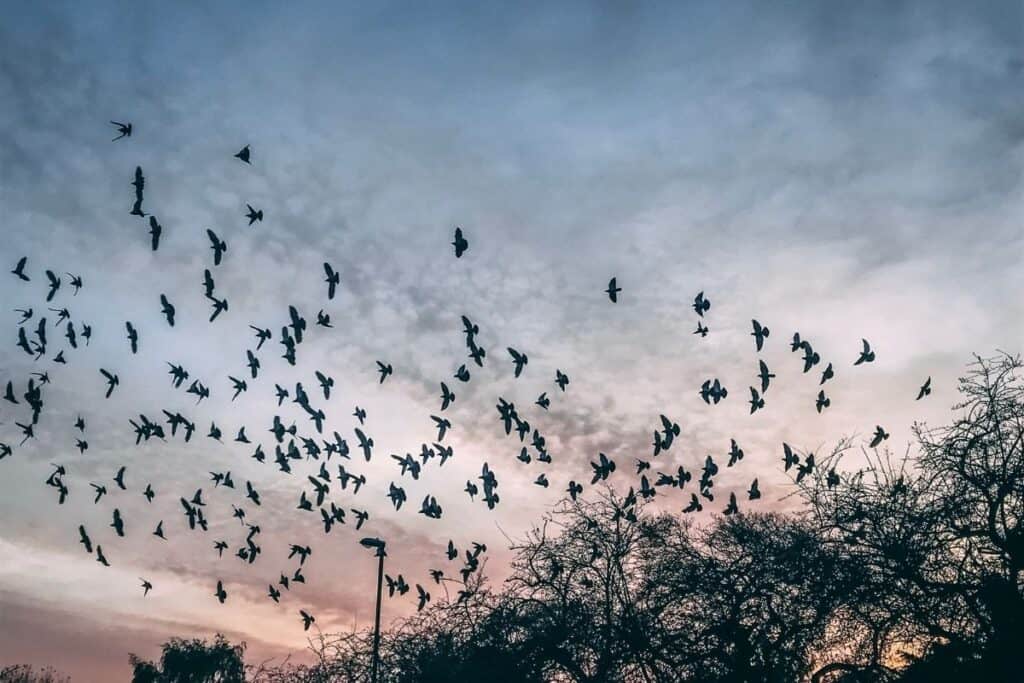
Okay, chances are, if you’re reading this, you’ve probably seen large groups of birds flying around at sunset.
And you can’t help but wonder why.
I also thought the same!
After discovering the reason why birds fly around at sunset, everything makes sense.
But before that, let me explain the large groups of birds you see flying around at sunset.
The large flock of birds that fly together in a ‘swarm’ is actually called a murmuration. Murmurations can consist of hundreds of thousands of birds at once.
Interestingly, these murmurations tend to be seen by people more often during the evening time and when the sun sets.
Here’s a video of what a starling murmuration looks like:
Here are three reasons why birds fly in murmurations at sunset:
1. To Return To Their Roosting Sites
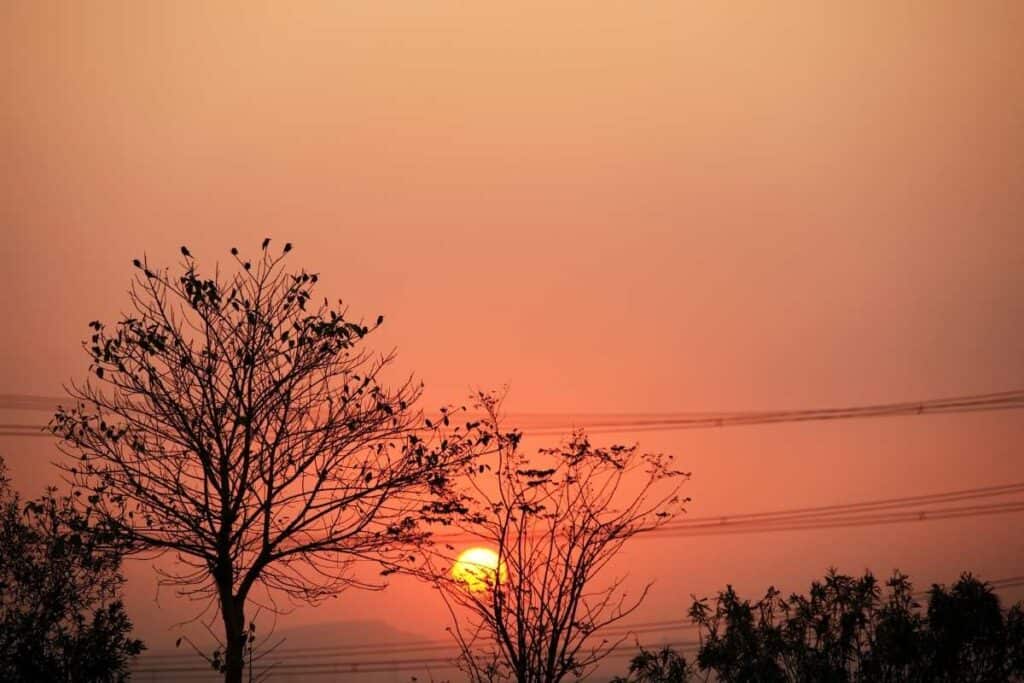
Some birds, like crows and starlings, leave their roosting sites in the morning to feed, then head back to their roosting sites during the evenings before nightfall.
Most birds are diurnal, meaning they are daytime birds, and they do most of their activities in the daytime.
(The opposite of diurnal is nocturnal!)
Diurnal and nocturnal birds wake up at different times during the day.
Birds can have a feeding site relatively far from their roosting sites, which explains why you would often see them flying in large groups over long distances to their roosting site, typically at night!
2. To Avoid and Confuse Predators
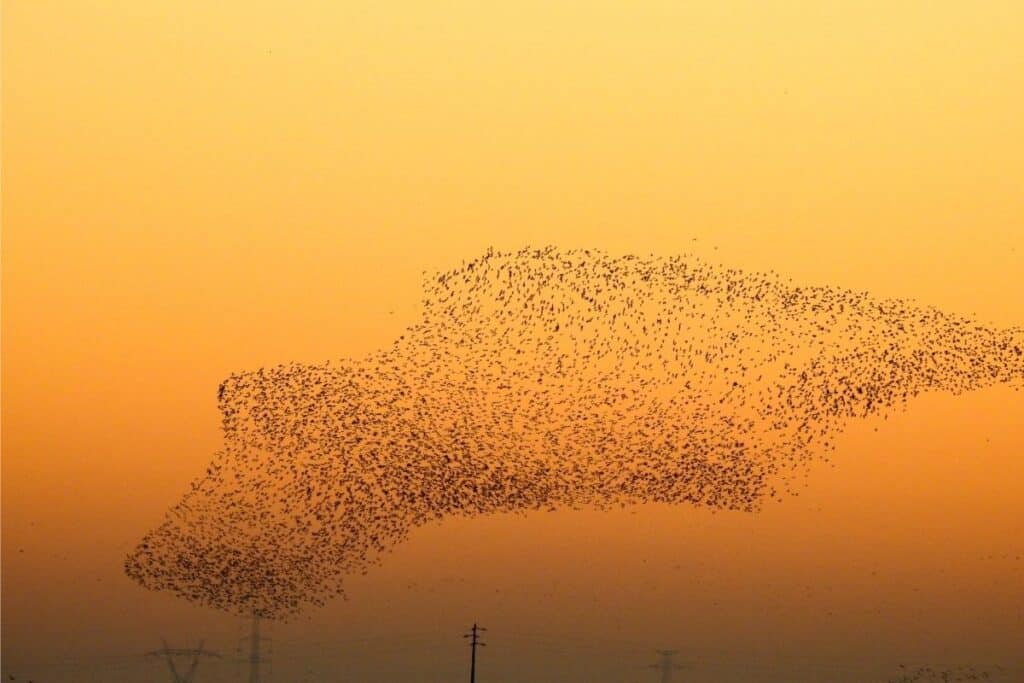
On the way back to their roosting site during the evening, the birds fly together in murmurations and large flocks to prevent predators from singling them out as prey.
When birds gather to fly back together as murmurations, they are less likely to be caught out by predators because more birds are looking for them.
The murmurations that birds produce have been known to create the “confusion effect” with their sheer numbers, confusing predatory birds such as hawks, eagles, and falcons.
This keeps the birds safe from predators on their way home in the evenings.
(Imagine a safe evening commute back home!)
They do this to protect themselves from danger as much as possible!
3. To Find Warmth During Cold Winter Nights
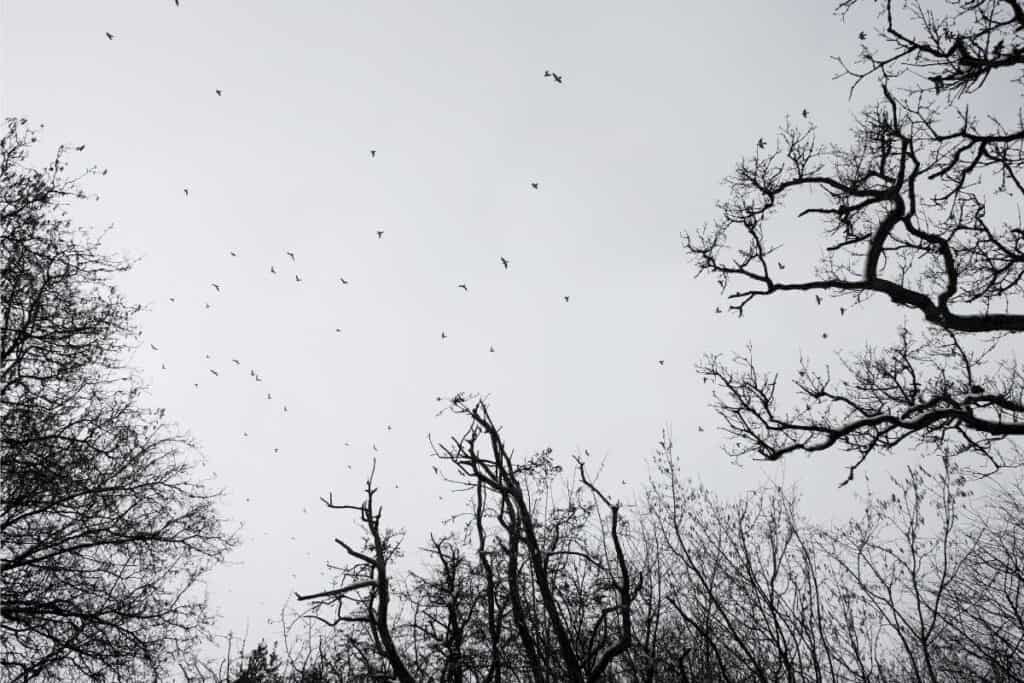
Birds murmurate and fly back to their roosts more during the winter months from October to March. This happens often during the evenings when the temperature drops drastically.
In response, Starlings love to gather in murmurations to keep warm!
The close bodily contact and proximity confer a warmer environment for the birds, which helps them out during cold winter months!
Some birds that stay for the winter tend to do this to keep warm.
Why Do Birds Go Crazy At Sunset?
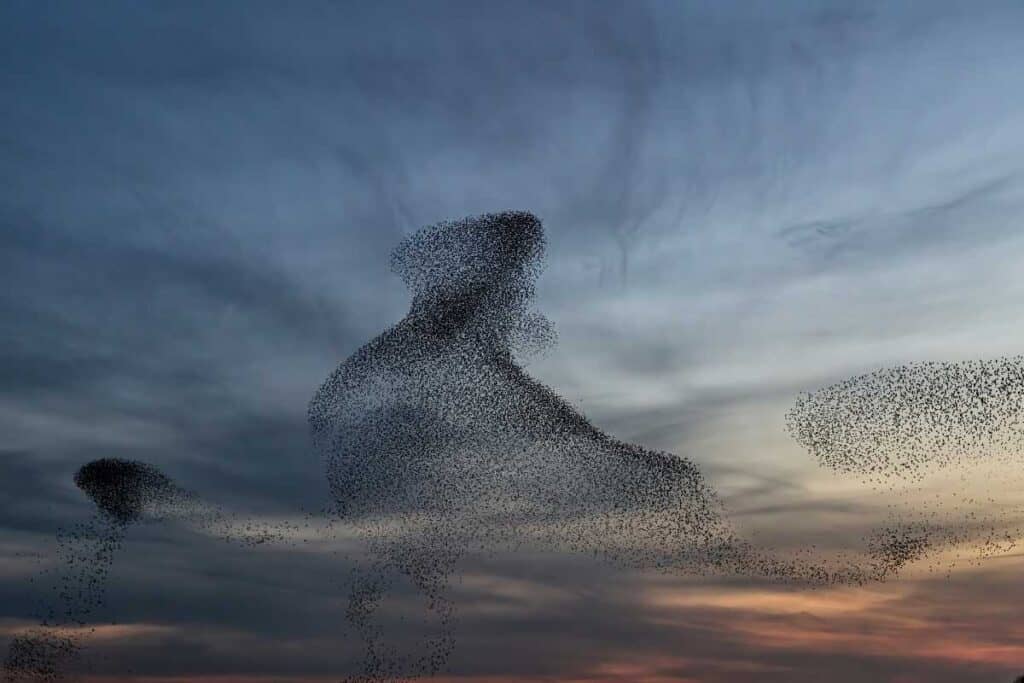
Birds communicate more intensively during sunrise and sunset about the locations of their food sources. Birds like starlings gather noisily in large murmurations at sunset to return to their roost locations. The changes in daylight also cause them to make more noise than normal.
Well, birds can be a little crazy sometimes, but rest assured that they’ll never become as extreme as the movie ‘Birds’ by Alfred Hitchcock!
Birds do sometimes get a little excited, but for good reason!
Since birds feed mostly in the mornings and at sunset, you can expect to hear more noise from birds during these times.
If you’re interested in these birds (Starlings), you can read more at the Starlings In The UK website for more information!
What Birds Fly Around At Dusk?
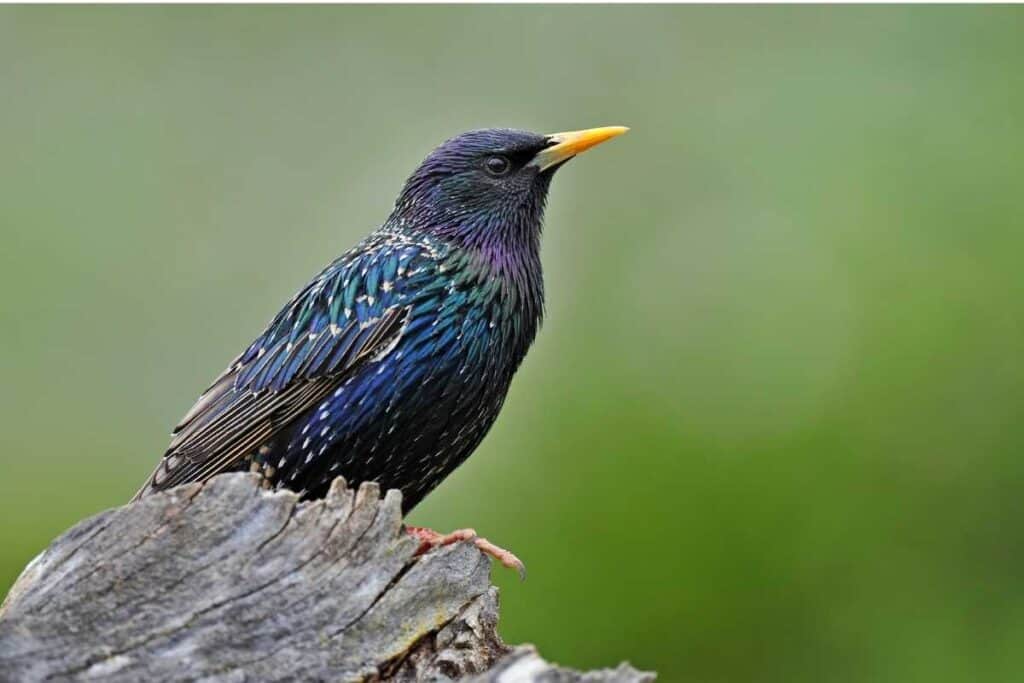
Birds that fly around at dusk are any birds that engage in foraging or moving back to their roosting spot.
Examples can include robins, pigeons, swifts, and orioles.
Starlings and crows fly around at dusk in large murmurations for long distances to return to their roosting spots.
Here’s a compilation of videos of birds that can form murmurations:
1. Starlings
2. Pigeons
3. Crows
4. Dunlins
Why Do Birds Fly In Circles At Sunset?
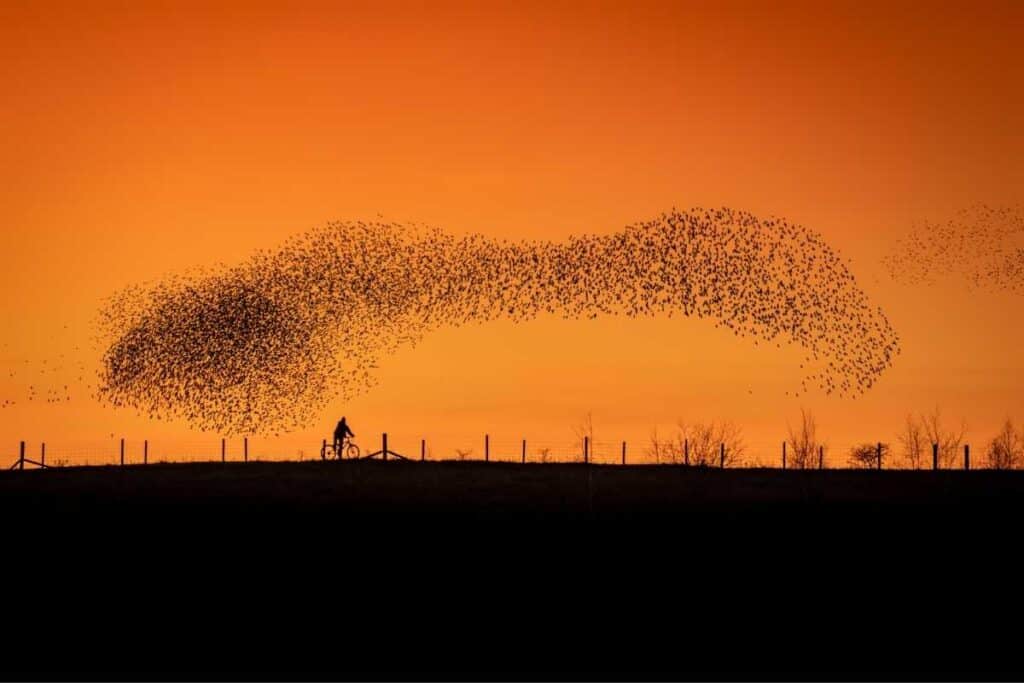
Birds fly in circles at sunset because they exchange information on feeding sites found in the day while flying in a murmuration.
Birds like starlings tend to fly in murmurations in circles at sunset to provide protection against predators and to keep warm before roosting when night falls.
Related: How long do birds take to fly?
Here’s a video of a small murmuration of birds flying in circles during the evening time:
Why Are The Birds Flying Around Crazy?
The birds are flying around crazy because they gather in large groups known as murmurations to head back to their roosting site together. Birds in murmurations fly around crazily because they make lots of noise to communicate on feeding sites and fly together to confuse their predators and keep warm in the cold.
Why Do Birds Gather In The Evening?
Birds gather in the evening in murmurations to fly back to their roosting site together. The murmurations that birds fly in confuse predators with its hypnotizing and changing shape and their close body proximity provide warmth during falling temperatures in the evenings before settling down to roost at night.
Why Do Birds Face The Sun At Sunset?
Birds face their wings to the sun at sunset to dry out their feathers in a process known as sunning. Sunning helps birds to keep warm and maintain the condition of their feathers by killing lice, mites, and other parasites in the sunlight.
What Are The Birds That Come Out At Sunset?
Birds that come out at sunset include nocturnal birds such as swifts, nightjars, nighthawks, wwls, black-crowned night herons, frogmouths, whip-poor-wills, nightingales, and potoos.
Why Do Birds Come Out At Sunset?
Nocturnal birds come out at sunset to begin hunting for food in low-light conditions. Contrary to popular belief, nocturnal birds perform their hunting either during dusk or dawn and not in pitch dark conditions.
Do Birds Enjoy Sunsets?
Birds definitely enjoy sunsets. Birds enjoy sunsets because it is the time of day when they return to the nest, where they begin communicating with other birds and taking flight together in large groups known as murmurations.
Why Are Birds Noisy At Dusk?
Birds are more vocal during dusk because they are communicating about the feeding locations that they have found during the day. Birds also perform their territorial and mating calls during dusk to let their partners know of their location – either to attract them or to bring them back to roost together.
Why Do Birds Call At Sunset?
Birds call at sunset to communicate with their mate and other birds in the vicinity. Birds are naturally sensitive to daylight changes, which tell them the time of day to start chirping and heading back to their nest at sunset.
Do Birds Watch The Sunset?
Birds do not watch the sunset. Instead, birds actually begin to commune at sunset to communicate their food findings throughout the day and return to their nest by flying in large groups known as murmurations.
Final Thoughts
Now you know all about birds at dusk! Hopefully, this article was as insightful to you as it was for me. It was certainly fun learning about bird behavior, especially during sunset!
Thanks for reading and happy birding!
My Recommended Birding Resources:
Hey there, Justin here!
Here’s a list of all my favorite resources, products, and brands I trust and love.
My Celestron Nature DX 8×42 Binoculars: It’s a great budget pair for beginner birders. Highly valued for its price! Read my review.
Safe Paint for Bird Baths Guide: Learn about non-toxic paint for painting bird baths.
Safe Sealers for Bird Baths Guide: Learn which sealers are safe for bird baths.
Safe Paint for Bird Feeders Guide: Learn what special care needs to be taken to paint bird feeders with the right paint.
Safe Paint for Birdhouses Guide: Learn about non-toxic paint for painting birdhouses. (Not the same as bird baths!)
Bird Identification Apps Guide: 2 of my favorite birding apps are Merlin Bird ID, and eBird Mobile! Merlin is great for tracking and identifying birds, and eBird Mobile is great for tracking the birds sighted when birding.
Check out my resources page for the full list of resources I recommend!

Justin Chia
Justin is the founder and author of Birding Outdoors. He is a Nanyang Technological University (NTU) alumnus with a Bachelor of Biological Sciences and a former data analyst.
Now, Justin runs the Birding Outdoors blog full-time, hoping to share his deep love for birds, birding, and nature with others.
To unwind, Justin enjoys gaming and reading.

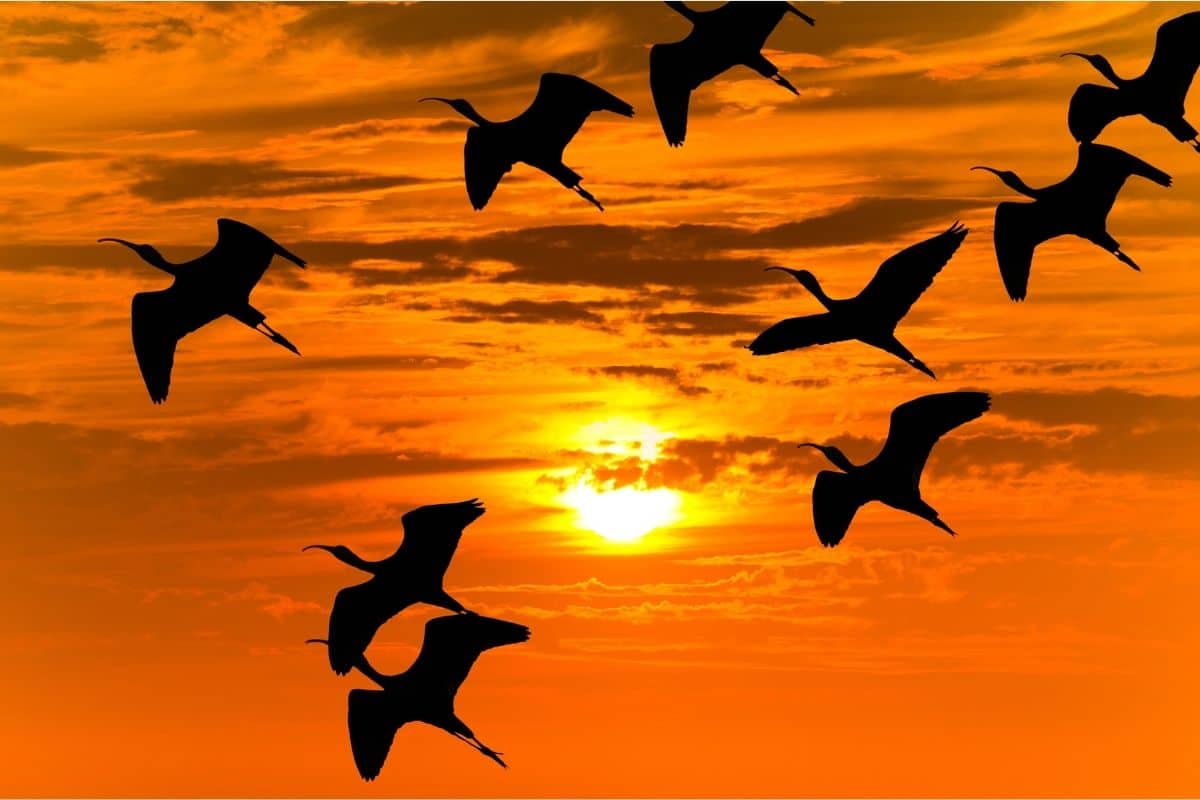
![Why Do Some Birds Fly SO High? [ANSWERED! + FAQs]](https://birdingoutdoors.com/wp-content/uploads/2021/06/birds-flying-at-diff-heights-6-768x512.jpg)

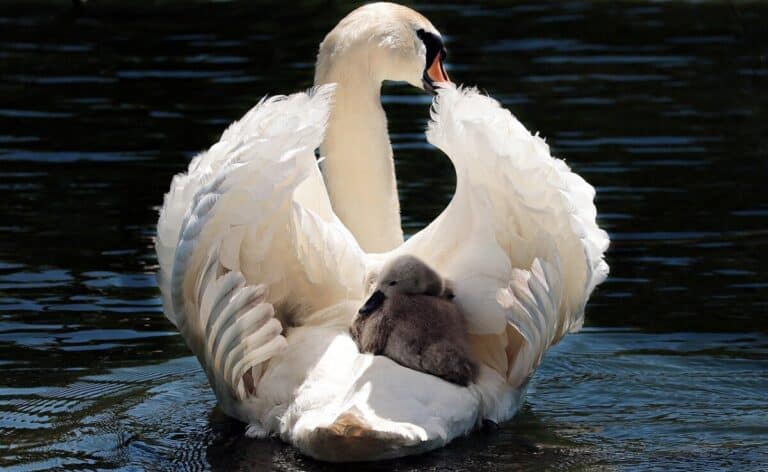
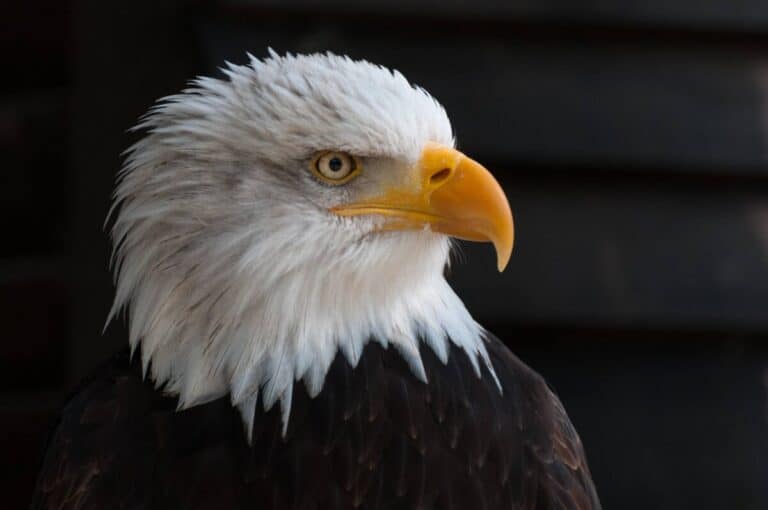
![What Is The Appeal of Bird Watching? [ANSWERED!]](https://birdingoutdoors.com/wp-content/uploads/2021/02/eagle-1753002_1920-768x512.jpg)